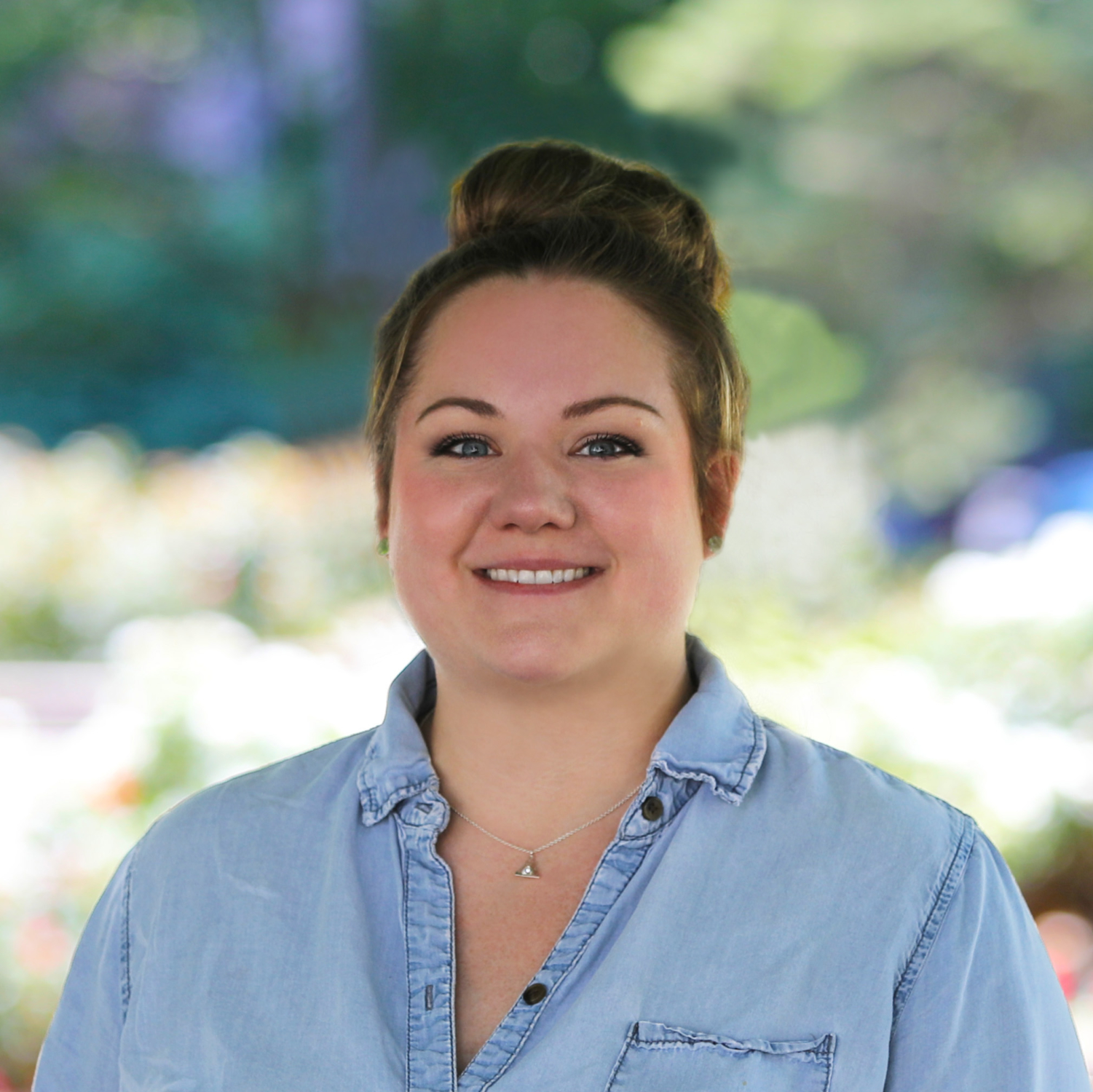U.S. Census Bureau Household Pulse Survey Shows Homeschooling Is Booming
On March 22, the U.S. Census Bureau released data from its Household Pulse Survey, a 20-minute online survey designed to assess the impact of the coronavirus on American households. It found that in the spring of 2020, about 5.4 percent of U.S. households with children reported homeschooling. By fall, that number had more than doubled, to 11.1 percent. This is in line with findings from the second wave of our 2020 Schooling in America Survey where parents reported 13 percent of students were being homeschooled.
Let’s put this in context. Based on the data available from the federal government, historically less than 3.5 percent of American households homeschooled their children. Separate calculations posted on AtoZHomeschooling.com show that less than 3 percent of students were homeschooled in 2017–18 (2.68%).
What we are seeing here is enrollment patterns starting to match parent preferences.
Last fall, according to our Schooling in America Survey, 12 percent of parents said they’d prefer homeschooling for their child. Lower income parents (18%) were more likely to prefer homeschooling compared to middle income (11%) and higher income parents (7%). It looks like we’re just shy of that mark today.
The Census Bureau’s report broke down responses by race and found that both the largest gains and the overall largest percentage of homeschoolers in the fall of 2020 was in Black households, with 16.1 percent of Black families responding that they were homeschooling, up from just 3.3 percent in the Spring of 2020. Hispanic families had the next highest share, at 12.1 percent, followed by non-Hispanic white families at 9.7 percent and Asian families at 8.8 percent.
Put another way, one in six Black students and one in eight Hispanic students was being homeschooled in the fall of last year.
They also examined the data by state and found greater than 10 percentage point gains in the share of families homeschooling in
- Alaska (from 9.6% to 27.5%, a 17.9 percentage point gain),
- Florida (from 5.0% to 18.1%, a 13.1 percentage point gain),
- Massachusetts (from 1.5% to 12.1%, a 10.6 percentage point gain),
- Mississippi (from 3.4% to 15.0%, a 11.6 percentage point gain),
- Montana (from 8.2% to 18.3%, a 10.1 percentage point gain),
- Nevada (from 2.5% to 13.1%, a 10.6 percentage point gain),
- Oklahoma (from 7.7% to 20.1%, a 12.4 percentage point gain),
- Vermont (from 4.1% to 16.9%, a 12.8 percentage point gain), and
- West Virginia (from 5.4% to 16.6%, a 11.2 percentage point gain).
Finally, they broke the data down for the 15 largest Metropolitan Statistical Areas in the country. The top three gainers were Detroit with a 12 percentage point gain (from 3.2% to 15.2%), Phoenix with a 10.6 percentage point gain (from 4.8% to 15.4%) and New York with an 8.2 percentage point gain (from 3.1% to 11.3%).
These numbers represent a massive change in the makeup of the American education landscape. As the researchers themselves wrote:
“It’s clear that in an unprecedented environment, families are seeking solutions that will reliably meet their health and safety needs, their childcare needs and the learning and socio-emotional needs of their children.”
And this isn’t something wonky in the data, the researchers clarified in their questioning that when they say homeschooling they mean homeschooling, not simply doing public school work remotely.
As we do whenever we write about data collected during the pandemic, we have to caution readers that we don’t know what these numbers will look like after the pandemic subsides. Will this huge influx into homeschooling keep up, or will families that are currently homeschooling head back to traditional schools? Based on public opinion polling, a large number of parents want to homeschool their children, maybe it took the coronavirus to get them to take the leap.
Disclosure: One of the authors of this post responded to the Household Pulse Survey last year.





